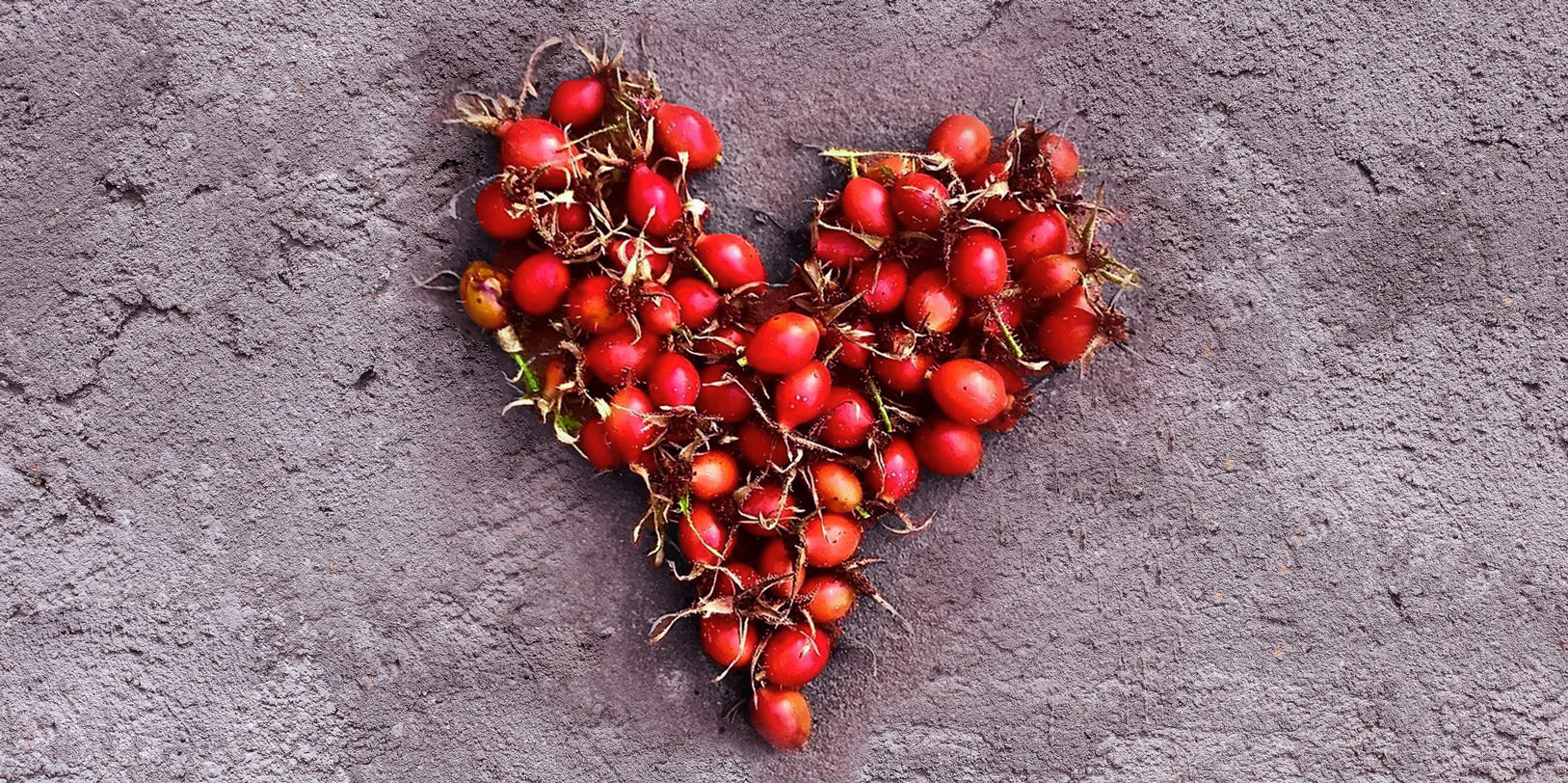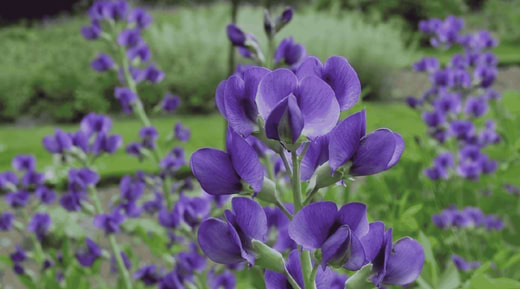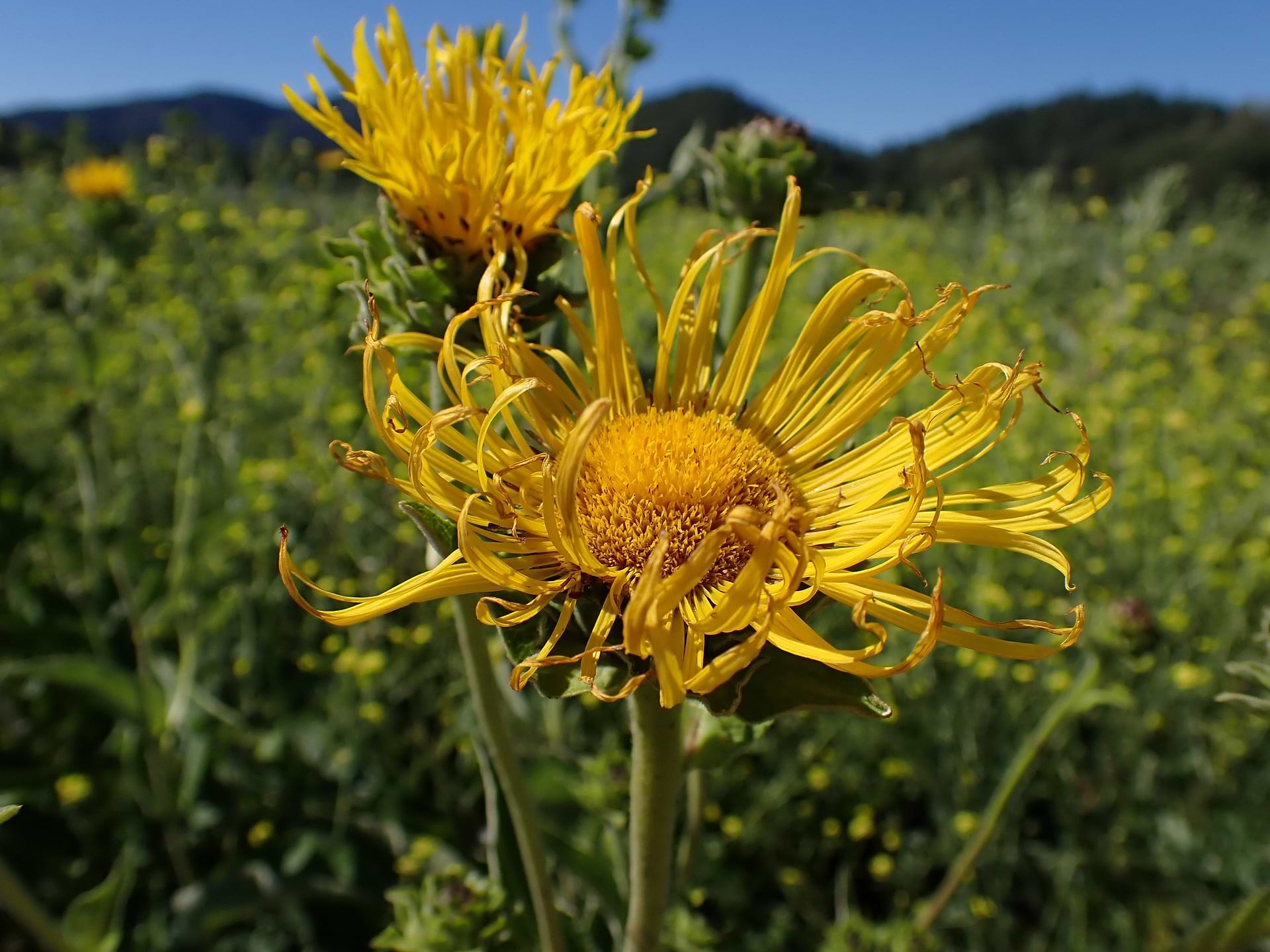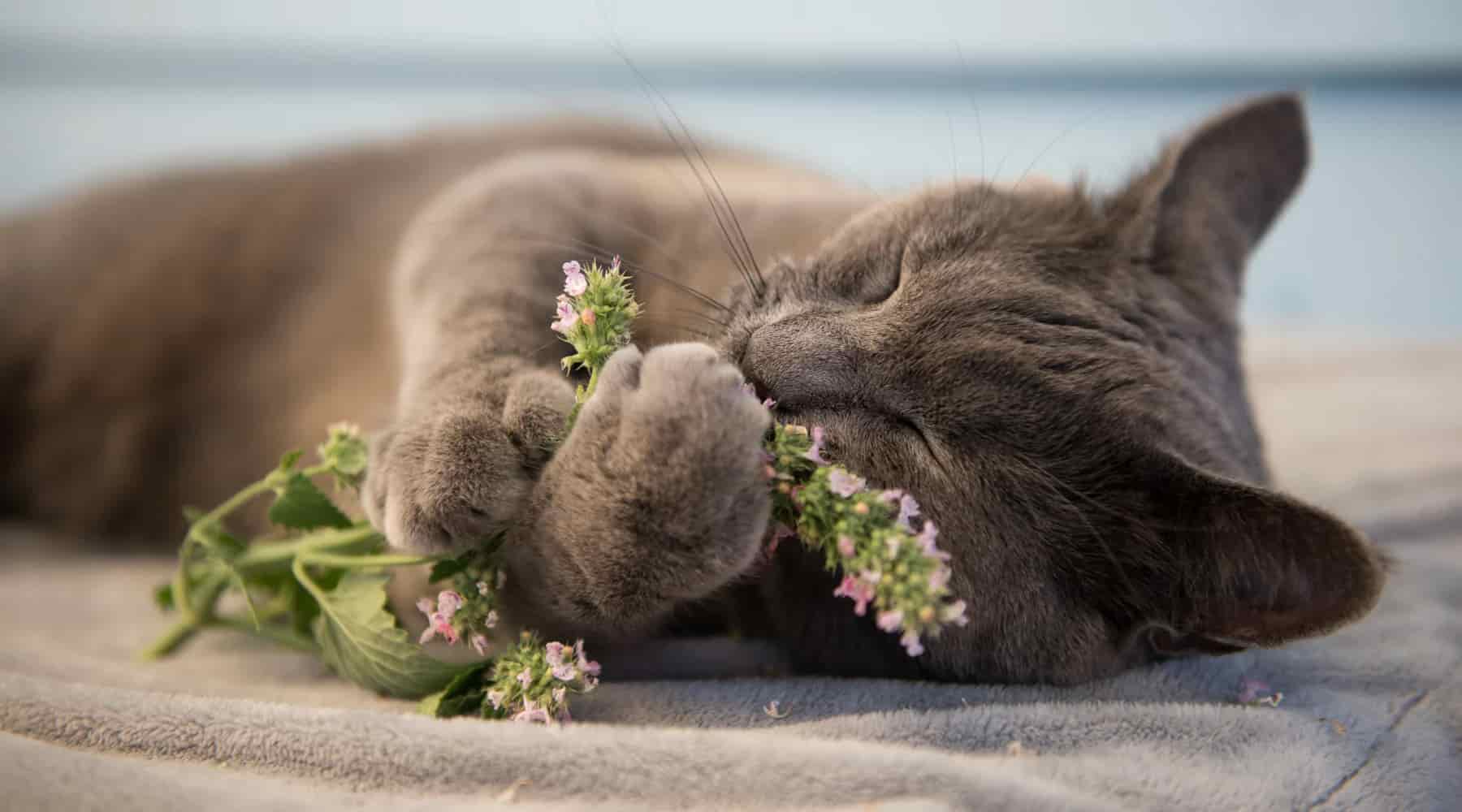A feline favorite, Catnip (Nepeta cataria) takes center stage this month as we shine a light on this plant’s versatility and playfulness. It creates a craze in cats, a calmness in humans, and a curiosity that makes me grateful I am not a cat.
Catnip’s Botanical Description and Personality
Catnip is in the Lamiaceae family, also known as the mint family. Mint family plants are known for their square stems, alternate leaves and are usually considered very aromatic and attractive. While hiking or exploring plant life in my neighborhood, I can always tell when Catnip is near as its fragrance follows the wind and leads me right to it. It grows well and wildly here in Colorado. However, beware as mountain lions are not exempt to the allure of this plant! I often find that if a “Beware of Mountain Lions” sign is present on a hiking trail then Catnip is surely around the corner. Catnip is known as a “mild remedy,” meaning it’s safe and beneficial for the young and the wise. WishGarden uses Catnip in Digestive Rescue for Adults and Digestive Rescue for Kids as this herb is effective yet gentle. Its gentleness is reflected in its soft leaves and tiny purple flowering tops, and its strength is reflected in its fierce fragrance and allure.
Catnip’s Relationship with the Human Body
Catnip definitely affects humans differently than cats. Many cats become energetic when playing with the herb, but humans tend to experience a more calming effect. Catnip is commonly consumed in tincture form or by tea infusion. Its cooling properties soothe digestive upset and help to disperse heat from the body. It has a mild and gentle sedative effect that promotes a calm and relaxed nervous system. It can also be used for discomforts associated with the common cold by promoting sweating and calming a tense head and upper neck. Catnip also has a history of being used in poultices to soothe skin irritations. One could chew the Catnip until broken down and moist and then apply it directly to skin for a relieving and cooling feeling. It makes a great addition to a salve or ointment intended to soothe an itch or relax overworked muscles.
A Sweeter Idea
I’m a big fan of making syrups and glycerites with herbs that have a pleasant scent and flavor. After indulging in the sweet benefits of Catnip, I was inspired to use it in a glycerite recipe that can be used to sweeten tea, coffee, or cocktails and mocktails. One of the many benefits of extracting herbal constituents in 100% vegetable glycerin is that no alcohol is needed. Vegetable glycerin also brings out the gentle flavor of the herbs, provides added health benefits, and its tasty!

I used a combination of fresh herbs from the office (Wish)garden and dried herbs, food grade vegetable glycerin, and a mason jar to make this Catnip glycerite:
- 2 parts fresh Catnip (leaves, stems, and flowers)
- 1 part Anise (leaves, flowers)
- 1 part dried Chamomile (flowers)
- 1 part fresh Lavender (leaves and flowers)
- Combine herbs and add them to mason jar
- Pour glycerin over herbs, making sure it covers all of the herbs
- Close lid tightly and place in a sunny area
- Agitate herbs daily (shake or turn jar)
- Leave for 2-3 weeks
- Strain, bottle, and enjoy!
References
- The Energetic of Western Herbs Vol. 1 by Peter Holmes, page 155
- Encyclopedia of Herbal Medicine by Andrew Chevallier, FNIMH, page 23
Rebecca Younger aspires to spark an interest in herbs within her community through education and incorporating herbs into everyday life in exciting and innovative ways. She studied Herbal Medicine at Herbalism Roots in Denver. She is a customer journey representative at WishGarden Herbs.
For educational purposes only. This information has not been evaluated by the Food and Drug Administration. This information is not intended to diagnose, treat, cure, or prevent any disease, or sell any product
Recommended Products
Further Reading










